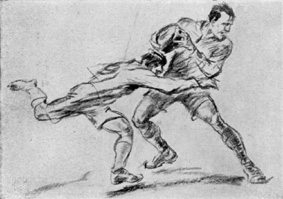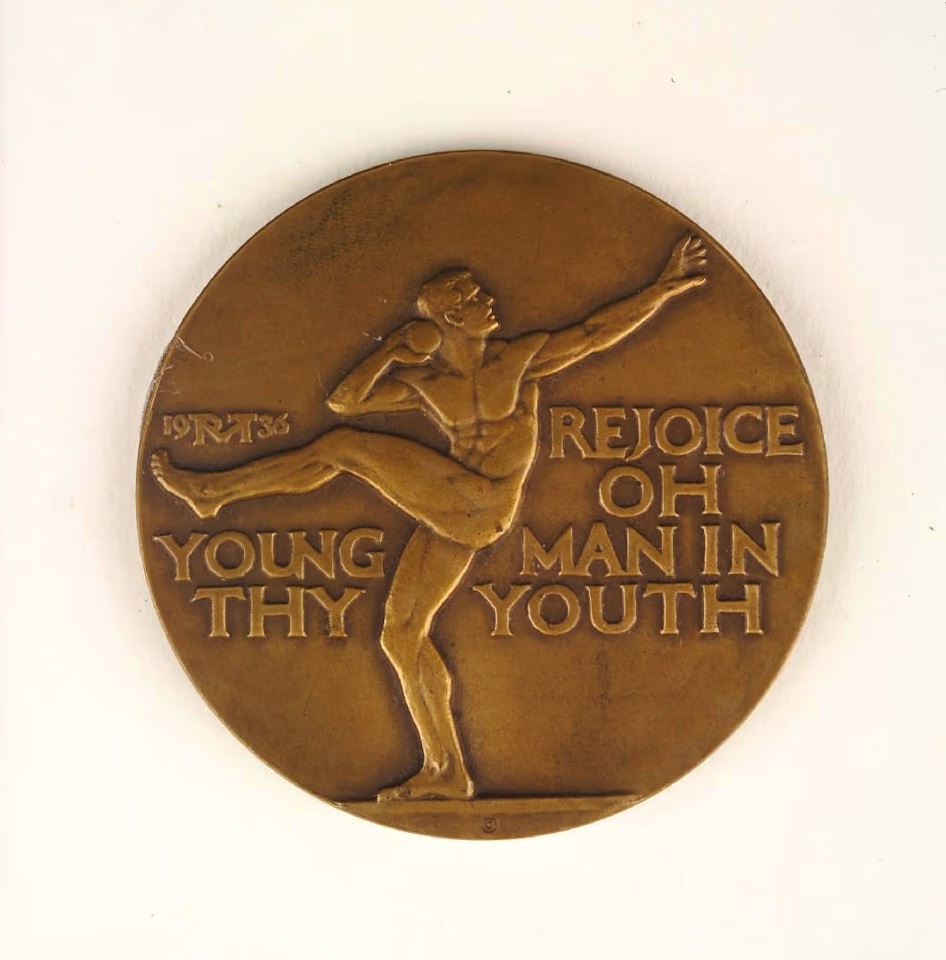
From 1912 to 1948, artists competed in the Olympics just like athletes, winning medals with their works. Some fascinating figures, like Walter Winans, who won medals in both shooting and art, stand out. But what do artists think about the debated revival of this competition?
Nowadays, the Olympics and art are controversially associated with Leonardo Da Vinci’s "The Last Supper" and its unconventional choreography.
However, history shows that art and the Olympics were once closely intertwined! Remarkably, from the 1912 Summer Olympics, art was part of the Olympic Games for 36 years.
Gold, silver, and bronze medals were awarded in five categories: painting, sculpture, architecture, literature, and music.

In ancient Greece, the Olympics were deeply connected with art. Modern Olympic Games founder Pierre de Coubertin, aware of this, suggested in 1904 that it was time to "restore the Olympics to its original form" by including art competitions.
The International Olympic Committee (IOC) made the decision in 1906, but the implementation was delayed until the 1912 Summer Olympics in Stockholm, Sweden. Art pieces submitted for the competition had to be inspired by sports, and there was no limit on the number of entries. The jury could award only a bronze medal if no champion was selected. The five initial categories were broad but later became more specific.
The Swedes were initially resistant to this "sports-art" fusion but eventually accepted it. The first competition was rather lackluster, with only 33 artists sending their works. However, interestingly, American Walter Winans, who had won a gold medal in shooting just four years earlier, entered the 1912 competition with a sculpture and won in this category! Hungarian swimmer Alfred Hajos, who had won gold in 1924, strangely won a silver medal in city planning design in 1924.
Interest in the art competitions at the Olympics grew over time. In the 1928 Amsterdam Games, more than 1,100 works were exhibited. By the 1932 Los Angeles Olympics, over 384,000 artworks were on display. During those years, some artists were also allowed to sell their works at the end of the Olympic exhibitions.
Germany, followed by France and Italy, were the countries that won the most medals in the arts. Türkiye's name, however, never appeared.
In 1948, the IOC abolished the art competitions due to issues with professional participants and rule violations. Subsequent efforts to revive these art competitions in the Olympics were unsuccessful. However, cultural activities and exhibitions have continued to be held as part of the Olympic Games.

The idea of reviving art competitions in the Olympics has been a topic of debate in recent years.
American musician Pharrell Williams recently suggested that art should be included in the 2028 Los Angeles Games.
What do artists think about this?
Renowned painter Devrim Erbil supports the idea of reviving art competitions in the Olympics.
“I believe art should enter our hearts through every door. Art will add color to the Olympics. Just as athletes are not afraid to compete, artists should also compete and be awarded medals! Competitions could be held across different continents and age groups. As long as it gets to that point, it's worthwhile,” Erbil stated.
Curator Marcus Graf, however, has a different view: “I generally find art competitions beneficial. However, I don’t think art has a place in the Olympics because it’s a sports event. Even though everything is mixed today, I believe sports and art are different. It’s also unreasonable to base this on ancient Greece, as painting and sculpture were considered crafts rather than art during that period.”

Painter Ismail Acar also holds a negative view of the idea. He believes that while the Olympics can have exhibition areas, having countries compete with their cultures seems somewhat contrary to the spirit of art.
According to Acar, sports are based on measurable numbers and scores, while art is more timeless and subjective. In sports, competing based on concrete concepts is feasible due to established rules and criteria for success. However, applying such an approach to art is less practical and does not align well with the nature of artistic expression.